Episode 247: How do I know it’s the cue and not the repetition of the pattern?
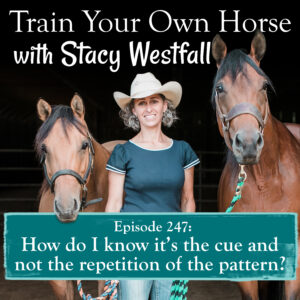
One goal when riding is an increasing consistency in your horses’ response to your cues.
This will only be possible when YOU are consistent with the application of, and release of, the cue.
The quickest, most reliable way to develop this is by keeping things simple and repeating them: riding a pattern.
But then what?
And how can you know that the cue is being strengthened…not just the horse memorizing the pattern?
In this podcast, I outline
– where to go next so you can ensure the horse is, indeed, responding to your cue.
– the difference between steady pressure and rhythmic pressure
– groundwork examples
– ridden examples
– common mistakes people make
It is important to rely on repetition at first to gain consistency.
This builds a solid foundation you can return to any time you need a successful ride.
Then you can begin to do things with more authority.
Then you can do things in different locations.
Then, you can refine the communication and ask for the same thing in multiple ways.
SUBSCRIBE TO THE PODCAST HERE:
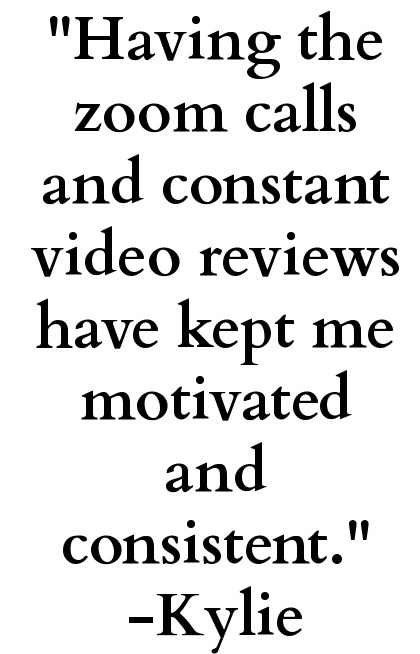
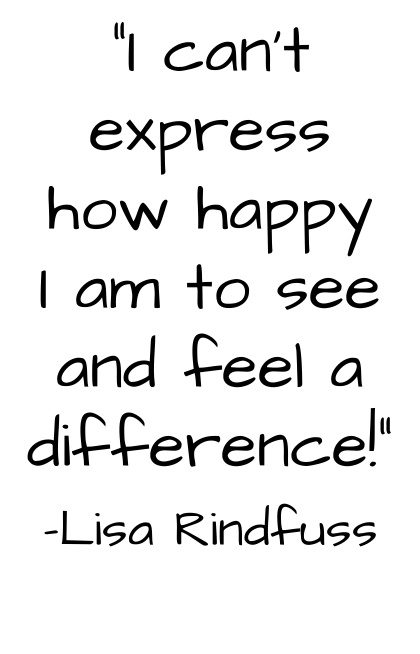
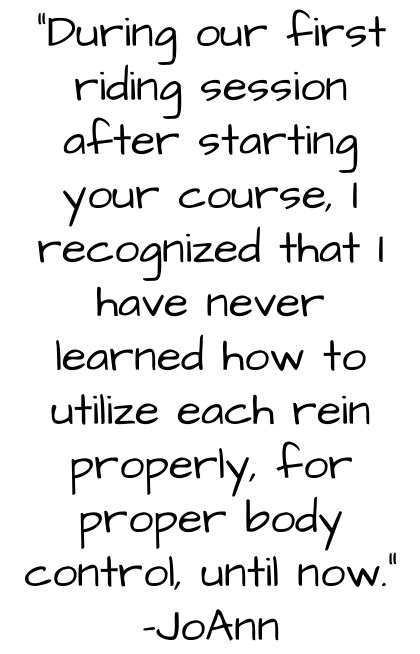
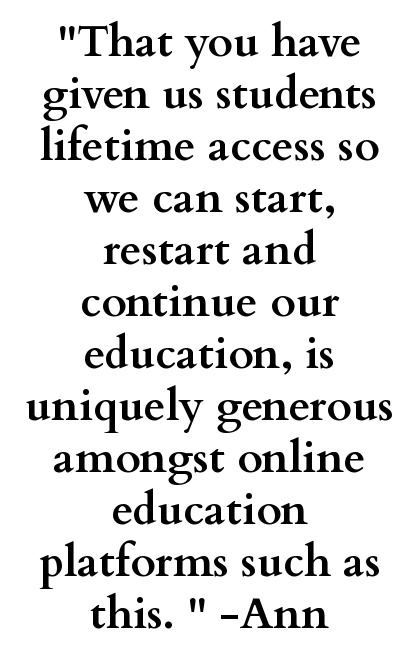
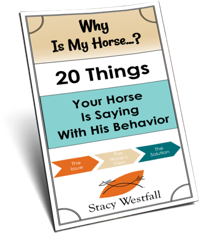
YOURS FREE
WHY IS MY HORSE...?

